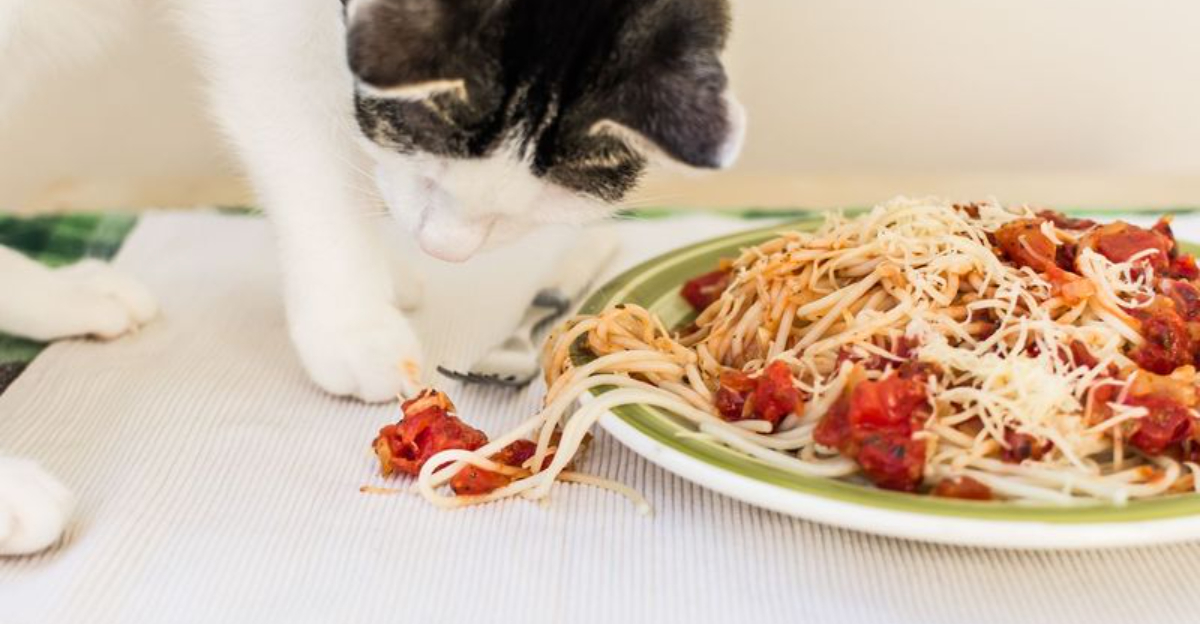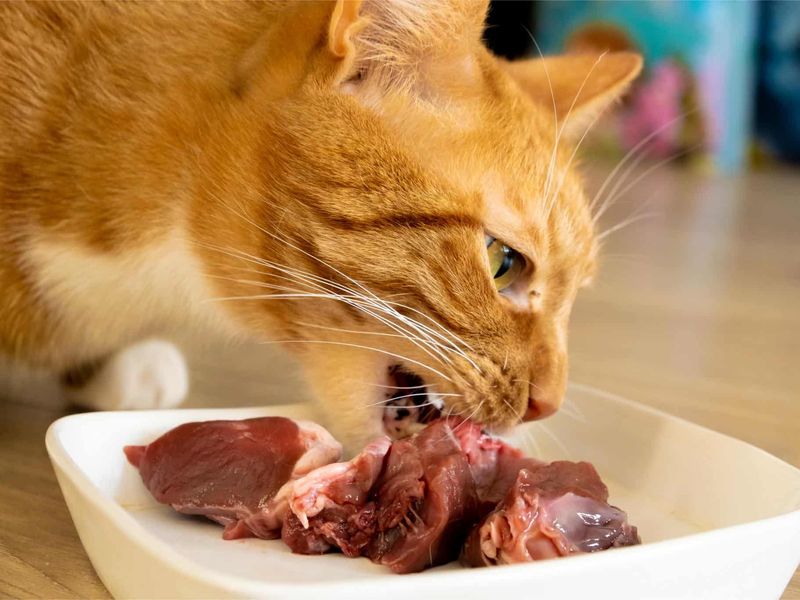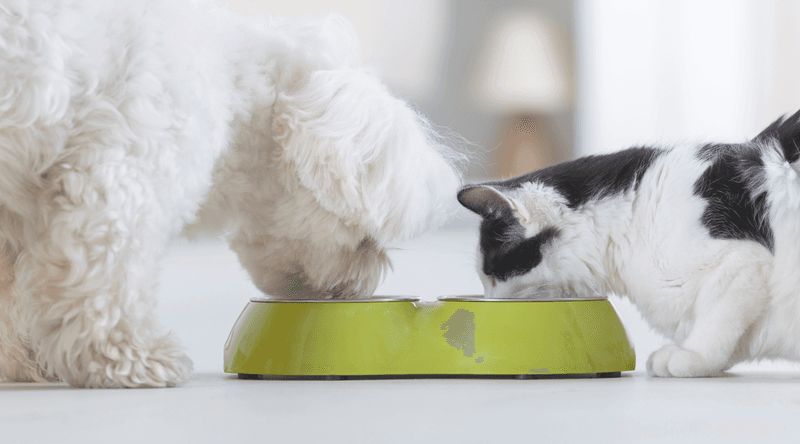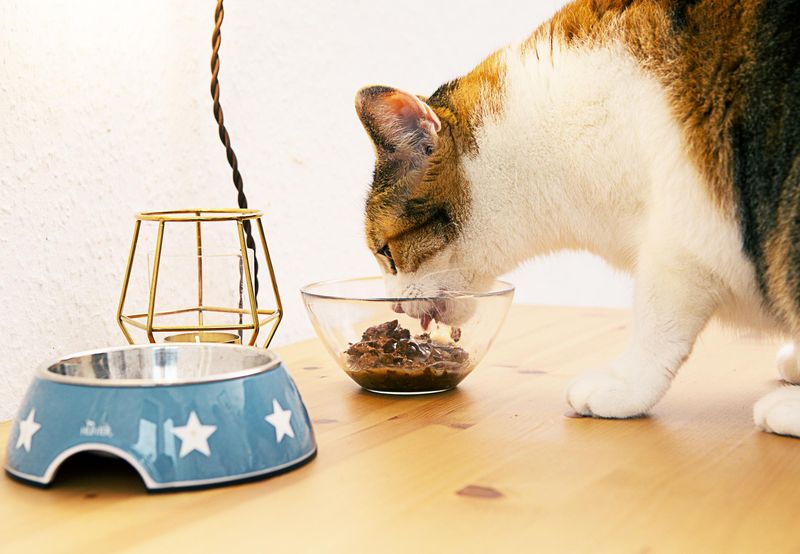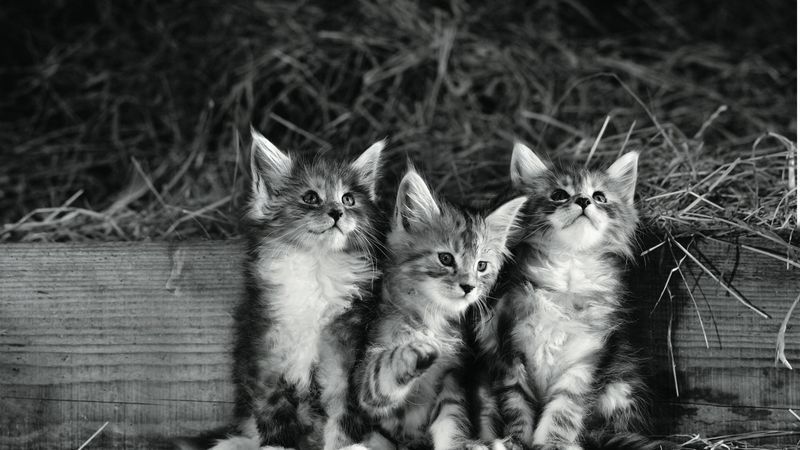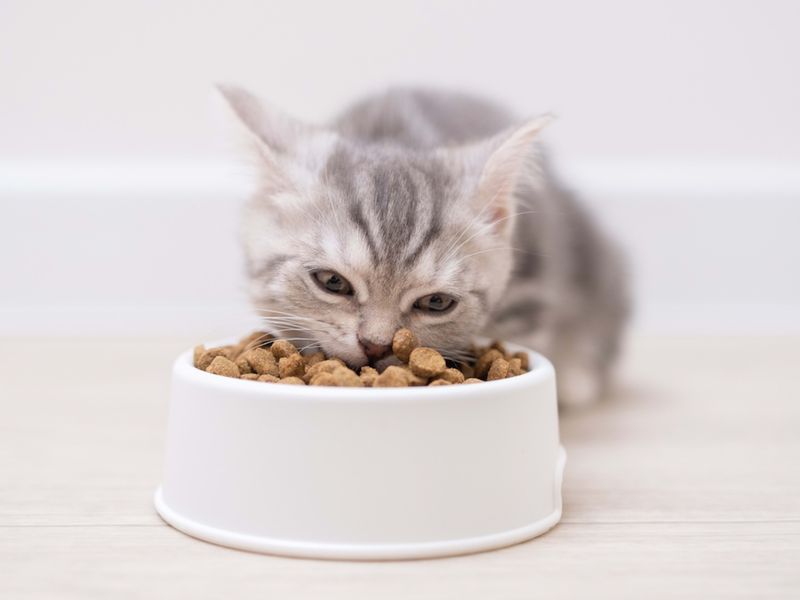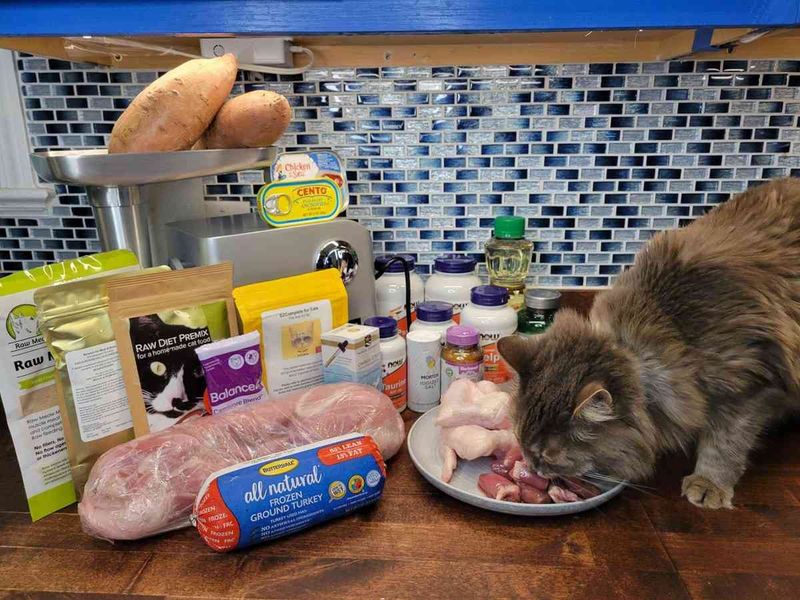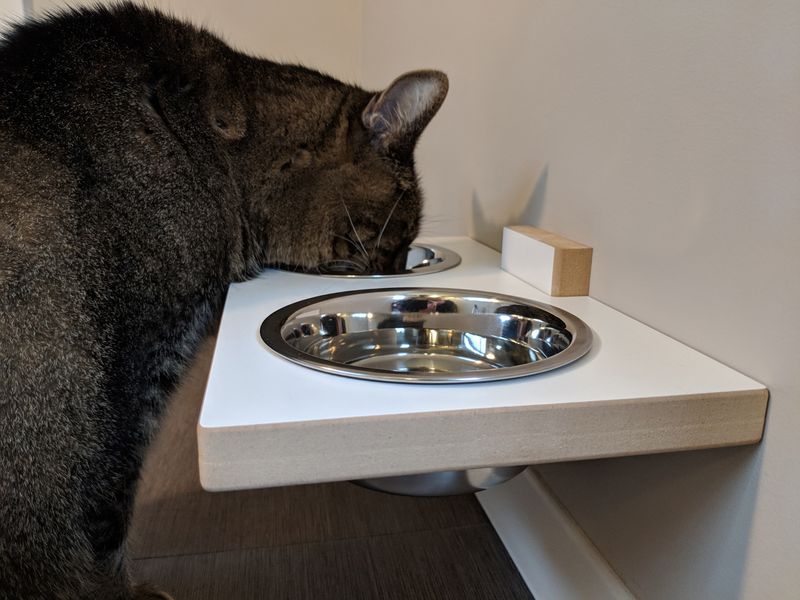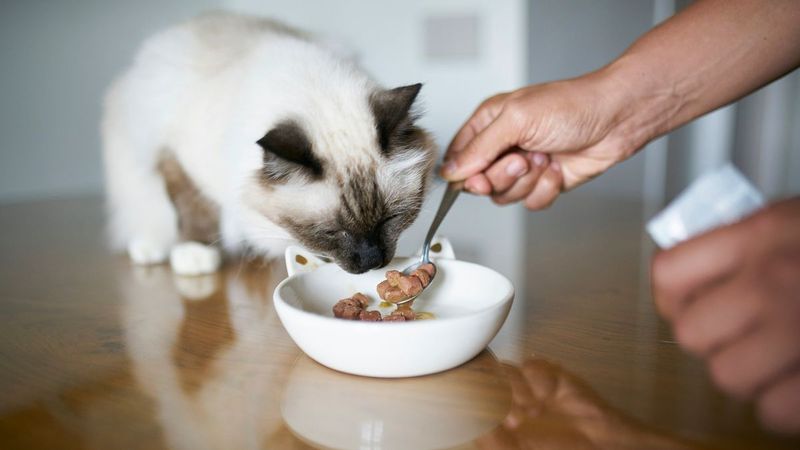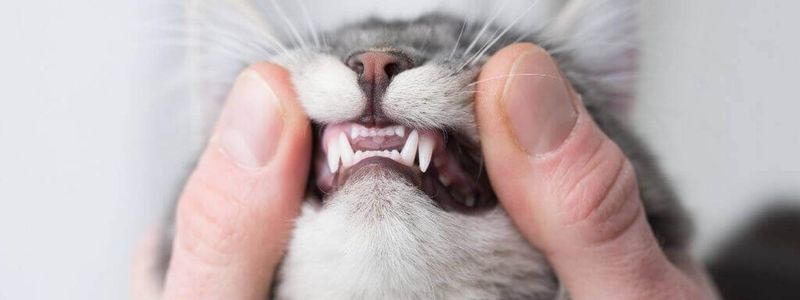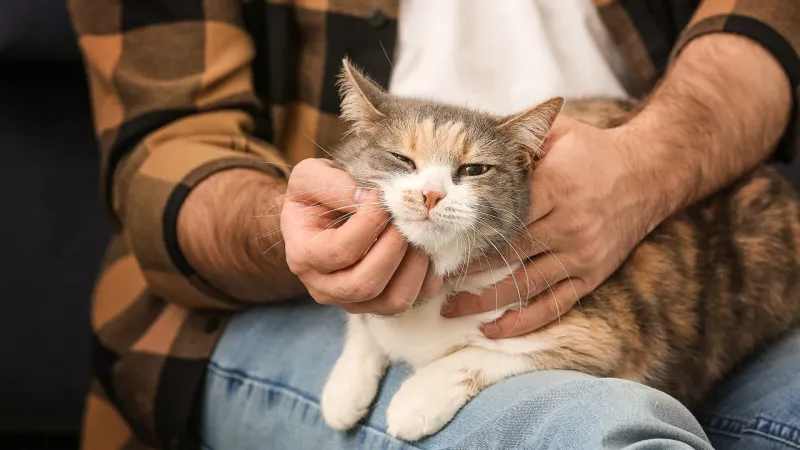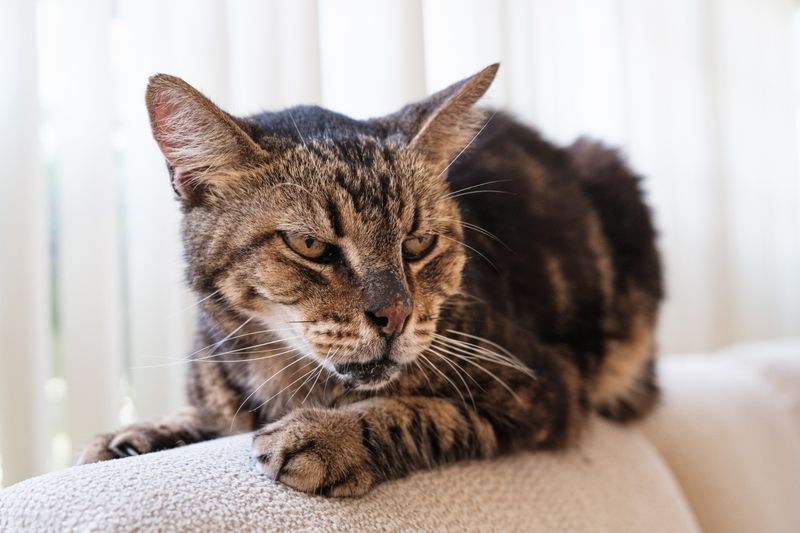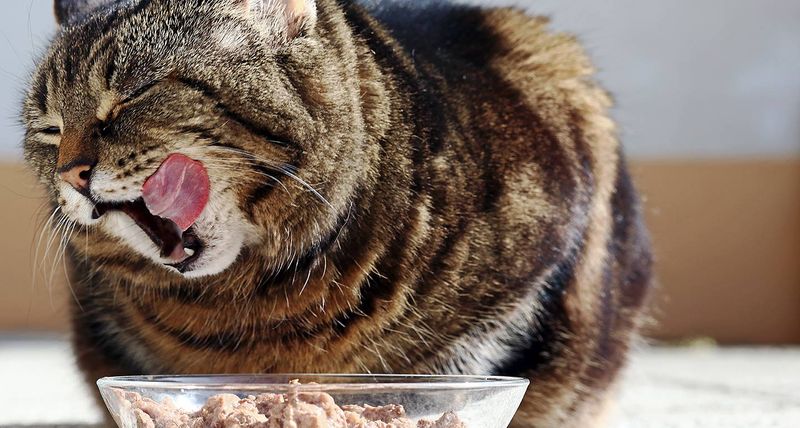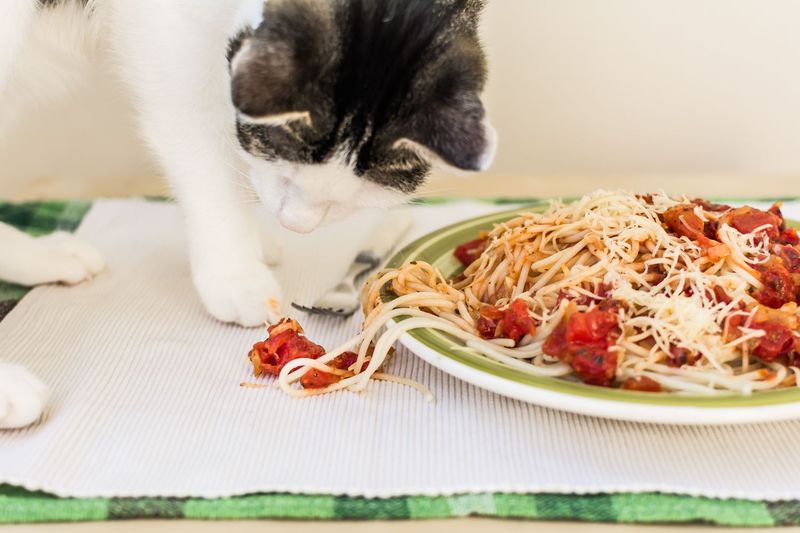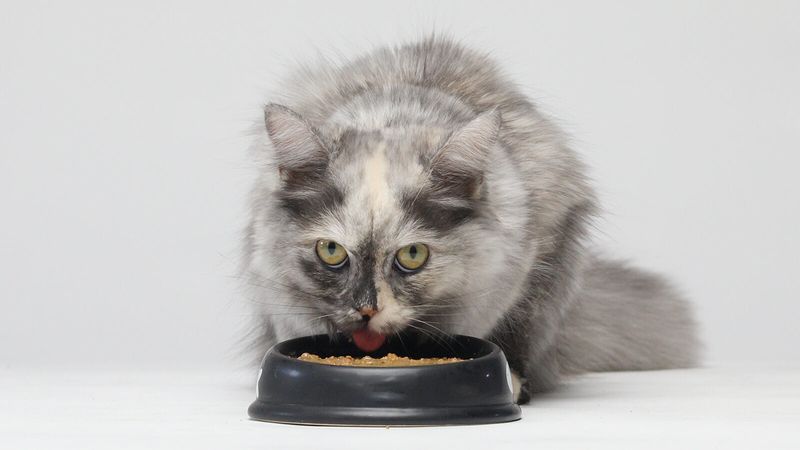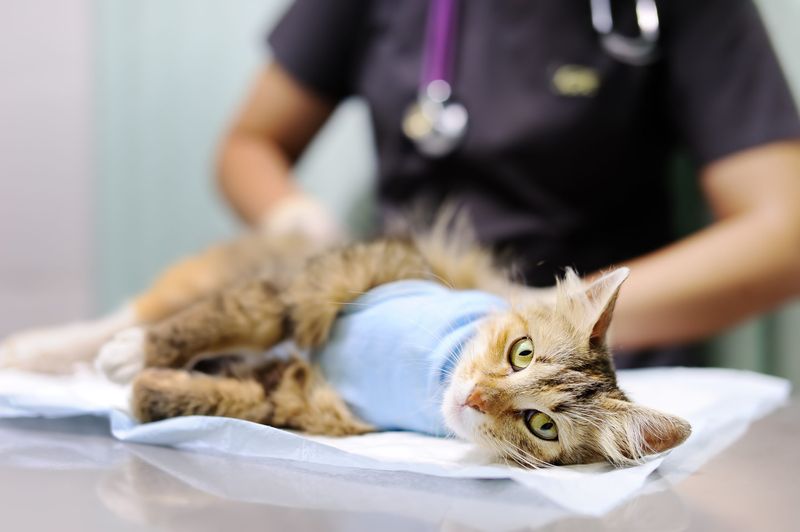📖 Table of Content:
- 1. High Protein Diet
- 2. Essential Fats
- 3. Frequent Small Meals
- 4. DHA for Brain Development
- 5. Transitioning to Solid Food
- 6. Balanced Diet for Adults
- 7. Portion Control
- 8. Hydration is Key
- 9. Dental Health
- 10. Monitor Food Sensitivities
- 11. Lower Calorie Diet for Seniors
- 12. Joint Support
- 13. Easily Digestible Food
- 14. Taurine Importance
- 15. Regular Vet Consultations
Providing your cat with proper nutrition is essential for their overall well-being and happiness. Cats have unique dietary requirements that must be met to support their health, energy levels, and longevity. Understanding these nutritional needs will allow you to make informed choices about their diet and ensure they receive the best possible care.
A well-balanced diet includes high-quality proteins, essential fatty acids, vitamins, and minerals that cater to a cat’s carnivorous nature. Hydration is equally important, as cats often do not drink enough water on their own. Choosing the right type of food—whether dry, wet, or a combination of both—plays a crucial role in maintaining their health and preventing common issues like obesity or kidney disease.
To help you provide the best nutrition for your feline companion, here are fifteen essential tips for feeding them a balanced diet. These guidelines will cover everything from portion control and food selection to proper hydration and supplement needs. By following these tips, you can ensure your cat remains healthy, active, and happy for years to come.
1. High Protein Diet
Protein is crucial for kittens’ growth. Their rapid development demands a diet rich in high-quality proteins. Choosing foods specifically labeled for kittens ensures they get the necessary protein content. Moreover, these proteins support muscle development and energy needs. Commercial kitten foods often contain chicken, turkey, or fish as primary protein sources. Such diets ensure they receive essential amino acids. It’s advisable to feed them small, frequent meals to match their high metabolism. Always consult with a vet to ensure dietary choices suit your kitten’s specific needs. Observing your kitten’s growth and health will guide adjustments.
2. Essential Fats
Cats need essential fats for numerous reasons. Omega-3 and Omega-6 fatty acids are vital for brain health and coat condition. These fats play a role in inflammation control and cell development. Foods rich in fish oil or flaxseed often provide these nutrients. Ensuring a balanced intake of these fats can prevent skin issues and promote cognitive health. Additionally, they support vision and cardiovascular health in cats. When selecting food, check labels for these fatty acids. Consulting vets about supplements can be beneficial, especially for cats with specific dietary restrictions or needs.
3. Frequent Small Meals
Kittens have high energy needs. Feeding them frequent small meals supports their metabolism and growth. A regular feeding schedule helps maintain their energy levels throughout the day. Typically, kittens benefit from three to four meals daily. This approach mimics their natural eating habits. It can also prevent overeating and digestive issues. It’s essential to monitor their weight and adjust portions as they grow. Providing fresh water alongside meals is crucial. Consult your vet to tailor meal frequency to your kitten’s health and activity level.
4. DHA for Brain Development
This type of Omega-3 fatty acid plays a significant role in brain development, especially for kittens. Foods containing DHA support cognitive function and learning. Kitten formulas often include DHA to ensure proper neurological growth. This nutrient is crucial during the early stages of life. Observing your kitten’s behavior and learning abilities can indicate the adequacy of DHA in their diet. Discuss with your vet if supplements are needed. DHA also promotes vision health, making it indispensable in a well-rounded diet. Ensuring its presence in foods can enhance your kitten’s quality of life.
5. Transitioning to Solid Food
Initially, introduce soft, wet foods to make the shift easier. These foods are gentle on their developing teeth and digestive system. Gradually mix in small amounts of dry kibble. This process could take weeks. Monitoring your kitten’s response to new textures is crucial. Offer variety to prevent fussy eating habits. During this transition, maintain hydration with fresh water. Consulting a vet for advice on appropriate foods and methods ensures a smooth transition. Observing their acceptance and digestion will guide portion adjustments.
6. Balanced Diet for Adults
Adult cats require a balanced diet to maintain health. Their meals should include proteins, fats, and essential vitamins. This combination supports overall well-being and energy. Quality commercial cat foods usually provide these nutrients. Rotating between different protein sources can prevent monotony and ensure a range of nutrients. Check labels for added vitamins like taurine, vital for heart and eye health. Balancing calorie intake prevents obesity. Observing your cat’s weight and activity level helps tailor their diet. Consult your vet to adjust diets as needed for specific health conditions.
7. Portion Control
Overfeeding can lead to obesity and health problems. Measuring food ensures your cat gets the right amount of nutrients without excess calories. Use a kitchen scale for precision. Follow feeding guidelines on food packages, adjusting for your cat’s size and activity level. Regularly checking your cat’s weight helps monitor their diet’s effectiveness. Weighing them monthly can prevent unnoticed weight gain. Consulting your vet for personalized feeding advice ensures your cat’s specific needs are met.
8. Hydration is Key
Always provide fresh water and consider adding wet food to their diet. Wet food increases moisture intake, supporting kidney function. Cats naturally have a low thirst drive, so encouraging water consumption is essential. Fountains or multiple water stations can entice them to drink more. Monitor your cat’s water intake and look for signs of dehydration. Consulting your vet if your cat refuses water helps identify underlying issues. Hydration plays a significant role in digestion and overall health, making it a dietary priority.
9. Dental Health
Crunchy kibble or dental treats help reduce plaque buildup. These foods encourage chewing, which naturally cleans teeth and gums. Regular dental care prevents issues like gingivitis or tooth decay. Introduce dental cleaning as part of their routine. Annual vet check-ups help monitor dental health. Vet-recommended dental diets are available for cats with specific needs. Always observe your cat for signs of dental pain, such as chewing difficulty. Combining diet and regular dental care ensures a healthy mouth.
10. Monitor Food Sensitivities
Food sensitivities can easily develop in adult cats. They may react to ingredients like grains or certain proteins. Monitoring your cat’s reactions to new foods helps identify sensitivities. Symptoms include digestive issues or skin irritations. Switching to hypoallergenic diets can alleviate discomfort. Consult your vet for allergy testing if you suspect sensitivities. Keeping a food diary helps track reactions to different diets. Introduce new foods gradually, watching for any adverse effects. Avoid potential allergens once identified, ensuring your cat’s comfort and health.
11. Lower Calorie Diet for Seniors
Aging cats require fewer calories. Their activity levels decrease, making a lower-calorie diet essential. Tailoring their diet prevents weight gain, which can strain aging joints. Senior cat foods often contain fewer calories and added joint support nutrients. Observing your cat’s weight and activity helps adjust portions appropriately. Vets can offer guidance on transitioning to senior diets. Regular weigh-ins ensure dietary adjustments meet their changing needs. Maintaining a healthy weight enhances their quality of life, reducing the risk of age-related issues.
12. Joint Support
Ingredients like glucosamine and chondroitin aid in maintaining joint health. These nutrients help reduce inflammation and support cartilage repair. Senior cat foods often include these supplements. If not, consider separate supplements. Monitoring mobility and comfort is key. Regular vet check-ups help assess joint health and adjust diets accordingly. Observing changes in movement or reluctance to jump indicates possible joint issues. Addressing these early with dietary adjustments can improve their mobility and comfort.
13. Easily Digestible Food
High-quality proteins are easier on the digestive system, reducing discomfort. Look for foods labeled for sensitive digestion. These often exclude common irritants. Monitoring your cat’s stool consistency can indicate how well they digest their food. Consult your vet for recommendations on suitable diets. Adjusting food types and portions helps manage digestion issues. Ensuring appropriate hydration also aids digestion. Prioritizing digestive health supports overall well-being.
14. Taurine Importance
Taurine is an essential amino acid that cats must obtain from their diet. It plays a crucial role in heart and eye health. Unlike humans, cats cannot produce taurine on their own. Ensure your cat’s food includes taurine-rich ingredients like chicken or fish. Taurine deficiency can lead to serious health issues, including vision problems and heart disease. Regularly check food labels or consult with your vet to confirm that your cat’s diet meets their taurine needs. A diet sufficient in taurine contributes to a long and healthy life for your cat.
15. Regular Vet Consultations
Cats’ nutritional needs change with age and health. Vets offer guidance on necessary diet changes and supplements. These consultations help identify health issues early, allowing for timely interventions. Discussing diet plans ensures your cat’s needs are met at every stage of life. Regular check-ups also monitor weight and overall health. Establishing a routine vet schedule supports proactive health management. Ensuring your cat’s diet suits their age and health enhances their quality of life.
